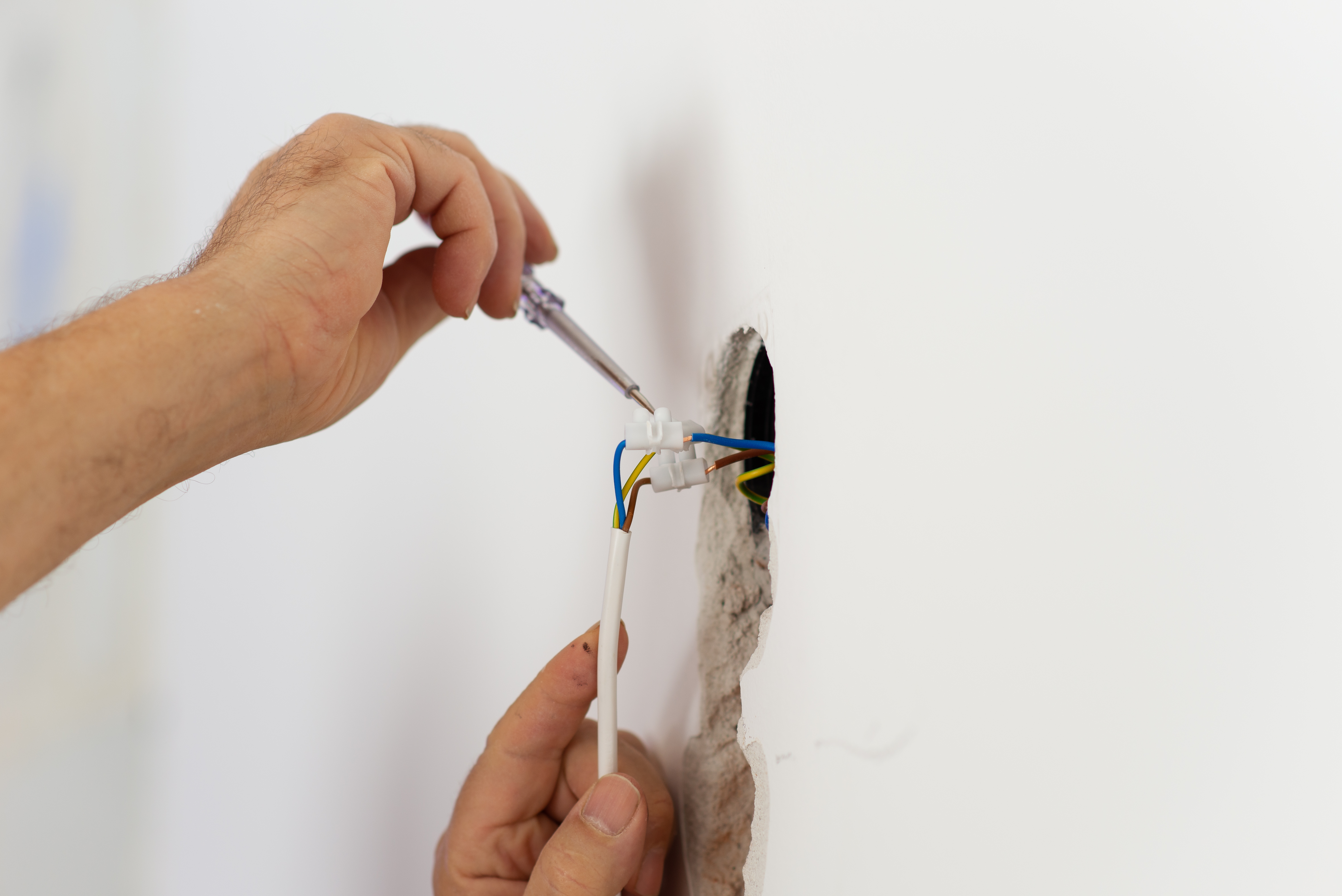Everything You Need To Know About Biggleswade Electrician Dos And Don'ts

electrical installation companies in biggleswade

There are numerous businesses that can assist you, whether you require an electrician to repair an issue with your wiring or to repair your boiler. Here are some you should keep in mind.
Biggleswade held an event on the street during the weekend of June 2-5 to celebrate Her Majesty's Diamond Jubilee. It was a wonderful event with a great turnout from local people.
Electricians
A trustworthy, friendly and reputable electrician should be first on your list of tradesmen you can count on when it comes to electrical work around your home. A quick Google search will enable you to locate a licensed professional in your area. It's best to hire an electrician specialist who is licensed by a program that is government-approved. For instance the National Inspection Council for Electrical Installation Contracting (NICEIC) aims to improve the safety of UK households by urging electricians to maintain high standards and follow guidelines for practice. To ensure that you're using an NICEIC-accredited electrician, visit the NICEIC website. You can search for electricians in your local area. The site also offers tips and advice to help you make the right decision for your needs.
Plumbers
Plumbers are accountable for the installation and maintain pipework in homes and companies, including toilets, showers, baths, sinks, and washing machines. They can also install heating systems that are new and repair broken fittings and pipes. Leaks, low water pressure and clogging in taps or showers can all be plumbing issues.
Plumbers are able to offer a variety of services based on their experience and their qualifications. They can help you install the boiler, changing or fixing heating controls or replacing drain pipes. They may also install gas appliances or repair damaged hoses. They are able to solve every kind of issue using various materials, so you can rely on them to do the job fast and efficiently.
Sometimes, a plumber can also help with electrical problems. For example, if the wiring for a hot-water heater or central heating system is damaged or damaged, an emergency plumber in Biggleswade will be able to repair it. In other instances landlords can request an emergency electrician in Biggleswade to set up an isolator rotary which is a temporary solution to a long-term problem.
Electricians in Biggleswade are generally an excellent choice for all repairs and installations. They are available round the clock and can complete a variety of tasks ranging from rewiring through to lighting installation. Their services are fully insured and you can be assured that they will do their best to resolve the issue as quickly and efficiently as possible. Their prices are guaranteed and they don't add hidden costs to their quotes and you can be assured that you won't face any unexpected costs when you pay for the job.
Rotating Isolator
Isolators are employed in electrical power applications to block an input power source from an output power source. In certain situations, these isolators can be constructed as an in series (cascaded) system. The isolation of two-stage isolators is usually more than a single-stage isolator.
Typical performance is about I-dB of loss in insertion loss in forward transmission, and 20- to 30-dB isolation in reverse attenuation. The isolation is dependent on the Verdet constant of the Faraday Rotator and may be restricted by the wavelength of light.
A typical rotary isolator comprises of a rectangular waveguide with an input resistive card and an output resistive card. On one side is a ferrite rod placed on the axis of the waveguide. A de magnetic field is applied along the length of the rod.
The rod of ferrite rotates the wave plane of polarization clockwise 45 degrees, which reflects the input resistive card and allows it to flow through the output resistive card. This isolator works with frequencies between 50 GHz to 330 GHz.
Another polarization-independent isolator design employs birefringent beam displacers to separate the vertical and horizontal polarized components of an incoming beam. The birefringent diplacers come out of YVO4 crystals that have high birefringence and a low loss. They also have a low-cost.
An optical isolator with this design is laid out in a series of stages, and includes a birefringent polarization mode dispersion (PMD) compensation element placed between the stages to minimize the dispersion in polarization of the light beams that travel between the stages. The PMD compensation element is a birefringent plate which is of the appropriate thickness and optical properties selected to reduce polarization mode dispersion.
These isolators utilize Faraday magnetooptic phenomena that occur in certain materials to alter the light beams' polarization. This effect is less effective at longer wavelengths, since the polarization angle is more sensitive to changes in wavelength.
These areolators are often referred to as two-stage isolators since they have a small number of elements as compared to the single-stage isolator. The minimum number of elements in a two-stage isolator result in extremely low PDL, virtually no PMD and extremely high isolation.
